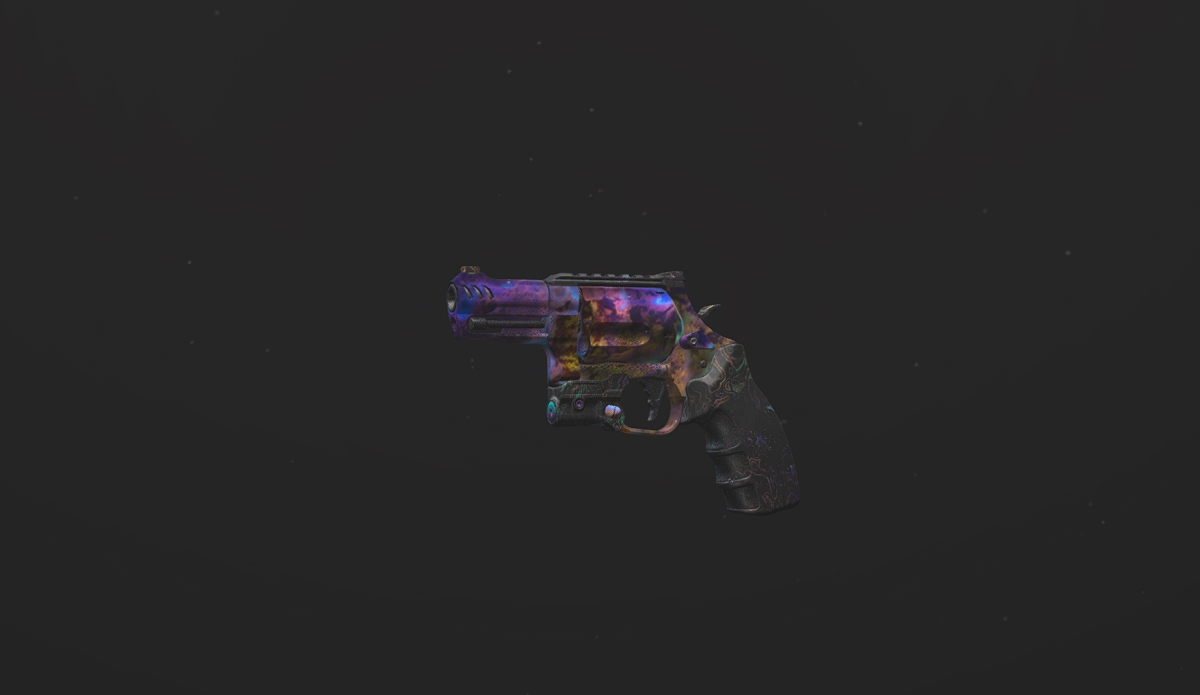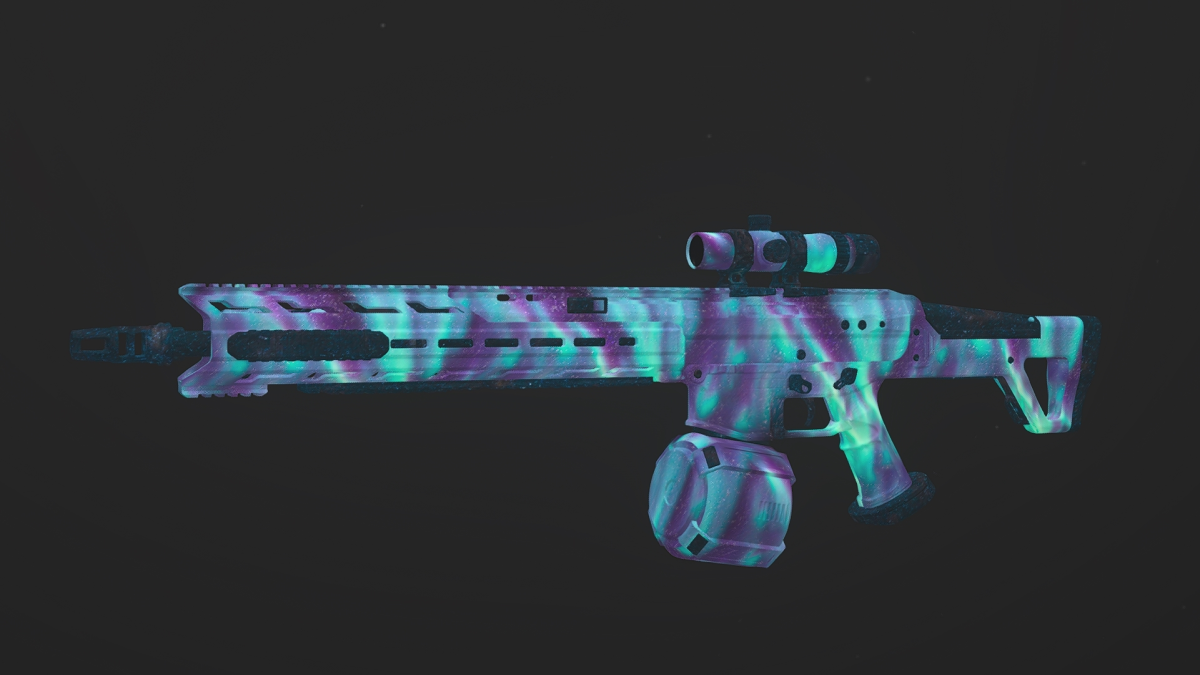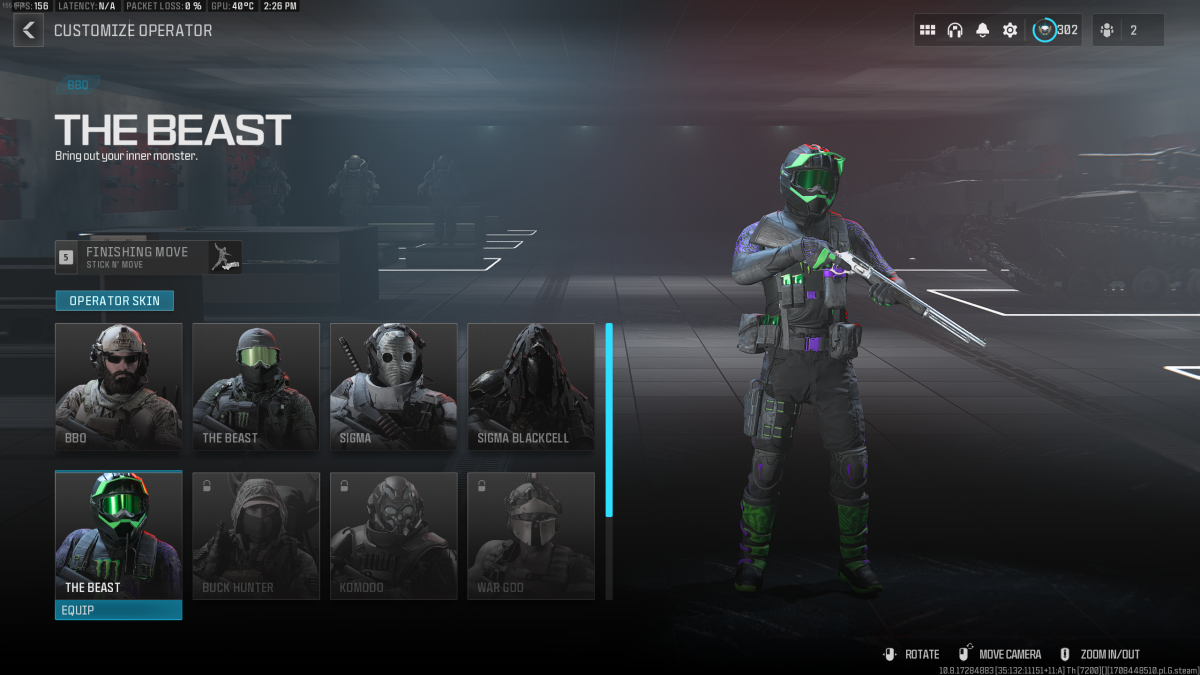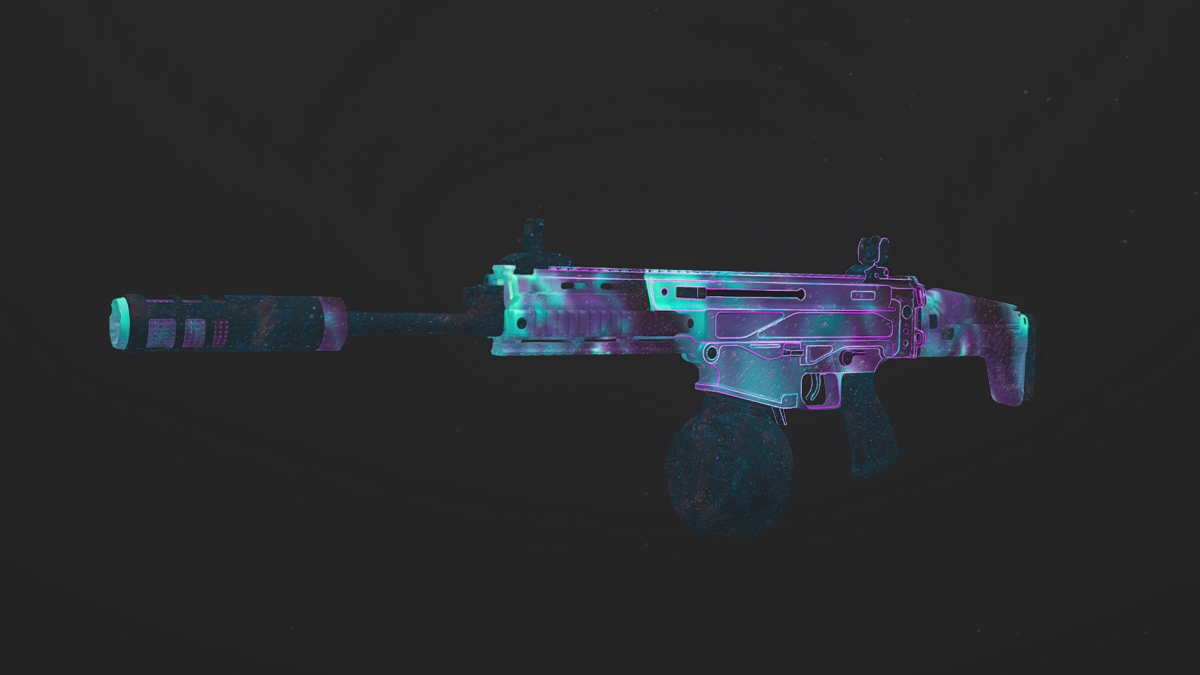Thomas “GRVTY” Malin was pumped. His Call of Duty Challengers team, WestR, had torn through other top amateur teams heading into the postseason in late February. It felt like no one could take them on, including some actual Call of Duty League squads.
“I think we can beat them,” GRVTY, whose team won four Challengers Cup events leading into the season, said in February. “I believe that our team is a top-six team in the pro league.”
GRVTY had reason to be confident. He and his team were scrimmaging against Call of Duty League rosters every week and winning. Legends like Seth “Scump” Abner of OpTic Chicago agreed with him, and his squad was outplaying everyone else in Challengers.
Then, WestR lost to the New York Subliners Academy team in the playoffs and finished second overall. That loss, along with an even worse finish at one of the next season’s Challengers Cup events, led the team to part ways with Alex “Zaptius” Bonilla for former Paris Legion gunner Timothy “Phantomz” Landis. From there, the organization, like many in the amateur scene, crumbled.
GRVTY’s teammates were picked up by pro teams. Paul “PaulEhx” Avila was signed by the London Royal Ravens, and Carlos “Venom” Hernandez joined the Los Angeles Thieves. Zaptius was also picked up by London a month later. GRVTY, 22, was the only member of WestR not signed by a pro league team and made his way onto a new tongue-in-cheek Challengers org: EastR.

Roster turmoil is nothing new to GRVTY. He was a substitute for the Atlanta FaZe for the Call of Duty League 2020 season, living out of apartments in Atlanta while playing on the pro squad’s Academy team over the course of a pandemic-riddled season. He parted ways with Atlanta in the offseason after Activision and Treyarch announced that, after two years of five-person teams, Call of Duty: Black Ops Cold War would return to the four-on-four competitive format.
“After last year ended, it was just mutual for me and FaZe. They were gonna let me do my own thing,” GRVTY said. “I didn’t have a team, but after we parted ways I was even hungrier.”
Champions and challengers cut rosters
Barely 24 hours after the Dallas Empire won the Call of Duty League 2020 Championship, Activision made the announcement. In Season 2, the CDL would return to a four-person format after switching to five-person teams in 2018.
“We absorbed that moment best we could,” Dallas Empire general manager Marcus Lovejoy said. “Then we found out about the switch, so it was short lived.”
The switch back to 4v4 was widely viewed as a positive move in the Call of Duty community. It changed the chaotic pacing of 10-person games to a more strategic approach with fewer players on the field.
“We were trying to do something similar to Golden State Warriors where we had five starters that could play to our strength,” Dallas Empire head coach Raymond “Rambo” Lussier said. But that championship-winning roster was one player too large for the 2021 season. He and Lovejoy had to make a crucial cut and adjust their vision.
“There was no scenario where our team didn’t get shit, regardless of who was on the team and who wasn’t by the end of it all,” Rambo said. “It was basically a team decision that was made.”
Longtime veteran James “Clayster” Eubanks and up-and-comer Thomas “Tommey” Trewremey were let go in favor of keeping veteran Ian “Crimsix” Porter and rookie Indervir “iLLeY” Dhaliwal. Other teams throughout the league made moves as well to meet the new roster requirements.
Just a few days after the Aug. 30 end to the 2020 season, there were 50 previously signed Call of Duty League players available as free agents.

While the change to 4v4 was welcomed for strategic reasons, it also put dozens of players out of a job. Tommey sat on the bench for most of his tenure on the Empire but appreciates a slower-paced game with a smaller roster, even if the new Call of Duty title was part of the reason he lost his job.
“The change was great news,” he said. “I wasn’t a fan of the switch, so when the announcement was made it was a nice surprise.”
Tommey doesn’t see a path back to starting in the league. It’s not because the grind is too much, however. It’s due to the fact that he’s found a more exciting career path as a competitive Call of Duty: Warzone player. The battle royale title had more than 1.5 million viewers during a live event that revealed a new map; this means big business for content creators like Tommey.
“With how well Blackout did, I knew Warzone would only be bigger,” he said. “It was a hard decision but after competing for roughly 10 years, I wanted something new and felt like it was about time I gave it my all in streaming too.”

















Published: Apr 29, 2021 10:00 am